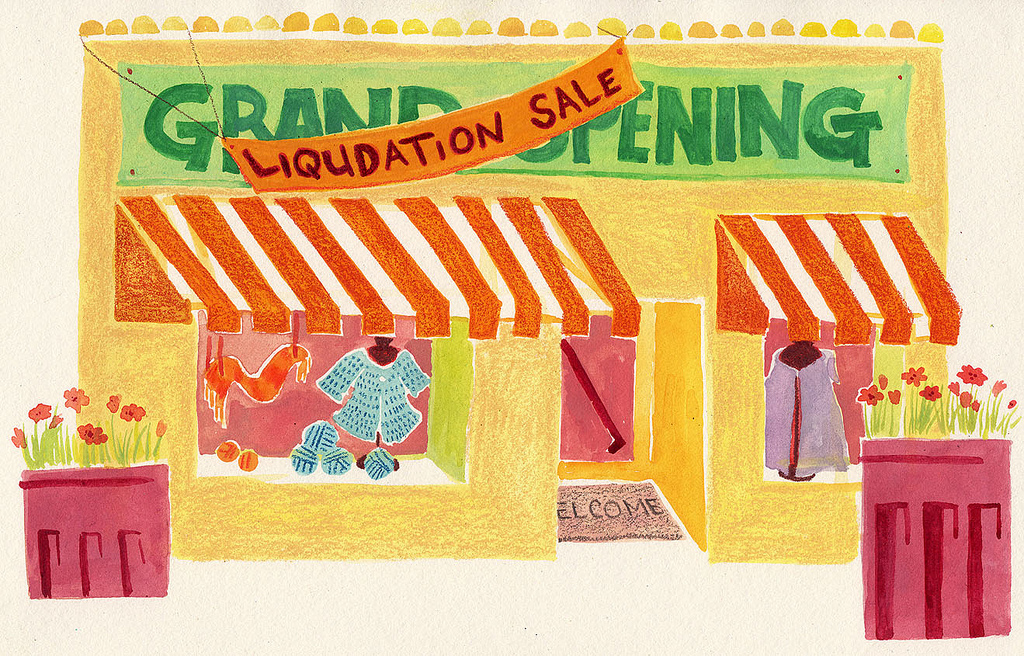Difference between revisions of "Liquid Modernity"
Caseorganic (Talk | contribs) |
Caseorganic (Talk | contribs) |
||
| (2 intermediate revisions by the same user not shown) | |||
| Line 1: | Line 1: | ||
| − | [[Image:liquid-modernity-maggie-nichols. | + | [[Image:liquid-modernity-maggie-nichols.jpg|center|600px]] |
| − | + | ||
===Definition=== | ===Definition=== | ||
| − | + | Liquid Modernity is sociologist Zygmunt Bauman's term for the present condition of the world as contrasted with the "solid" modernity that preceded it. According to Bauman, the passage from "solid" to "liquid" modernity created a new and unprecedented setting for individual life pursuits, confronting individuals with a series of challenges never before encountered. Social forms and institutions no longer have enough time to solidify and cannot serve as frames of reference for human actions and long-term life plans, so individuals have to find other ways to organize their lives.<ref>Bauman, Zygmunt. Liquid Times: Living in an Age of Uncertainty. Book Description. Polity Press. 2007.</ref> | |
| − | + | Bauman's vision of the current world is one in which individuals must to splice together an unending series of short-term projects and episodes that don't add up to the kind of sequence to which concepts like "career" and "progress" could be meaningfully applied. These fragmented lives require individuals to be flexible and adaptable — to be constantly ready and willing to change tactics at short notice, to abandon commitments and loyalties without regret and to pursue opportunities according to their current availability.<ref>Ibid.</ref>Liquid times are defined by uncertainty. In liquid modernity the individual must act, plan actions and calculate the likely gains and losses of acting (or failing to act) under conditions of endemic uncertainty.<ref>Ibid.</ref> The time it takes to fully consider options and make fully formed decisions has fragmented. | |
| − | + | As society progresses, the creation of value liquefies and begins to flow unfettered. The production time it takes for value to occur declines. To survive, products and interfaces must quickly flow from spaces of high-resistance and poor usability to spaces of low resistance and user interaction. Successful interfaces induce a liquid state of flow in their users. Environments are becoming aware of relevant information, and are able to pull context-aware data into play when necessary. Devices can be small on the outside, but large on the inside.<ref>Quote by Sheldon Renan in conversation with Amber Case, Jun 2010.</ref> | |
== References == | == References == | ||
| Line 12: | Line 11: | ||
[[Category:Book Pages]] | [[Category:Book Pages]] | ||
| − | [[Category: | + | [[Category:Finished]] |
[[Category:Illustrated]] | [[Category:Illustrated]] | ||
Latest revision as of 03:58, 18 December 2011
Definition
Liquid Modernity is sociologist Zygmunt Bauman's term for the present condition of the world as contrasted with the "solid" modernity that preceded it. According to Bauman, the passage from "solid" to "liquid" modernity created a new and unprecedented setting for individual life pursuits, confronting individuals with a series of challenges never before encountered. Social forms and institutions no longer have enough time to solidify and cannot serve as frames of reference for human actions and long-term life plans, so individuals have to find other ways to organize their lives.[1]
Bauman's vision of the current world is one in which individuals must to splice together an unending series of short-term projects and episodes that don't add up to the kind of sequence to which concepts like "career" and "progress" could be meaningfully applied. These fragmented lives require individuals to be flexible and adaptable — to be constantly ready and willing to change tactics at short notice, to abandon commitments and loyalties without regret and to pursue opportunities according to their current availability.[2]Liquid times are defined by uncertainty. In liquid modernity the individual must act, plan actions and calculate the likely gains and losses of acting (or failing to act) under conditions of endemic uncertainty.[3] The time it takes to fully consider options and make fully formed decisions has fragmented.
As society progresses, the creation of value liquefies and begins to flow unfettered. The production time it takes for value to occur declines. To survive, products and interfaces must quickly flow from spaces of high-resistance and poor usability to spaces of low resistance and user interaction. Successful interfaces induce a liquid state of flow in their users. Environments are becoming aware of relevant information, and are able to pull context-aware data into play when necessary. Devices can be small on the outside, but large on the inside.[4]
